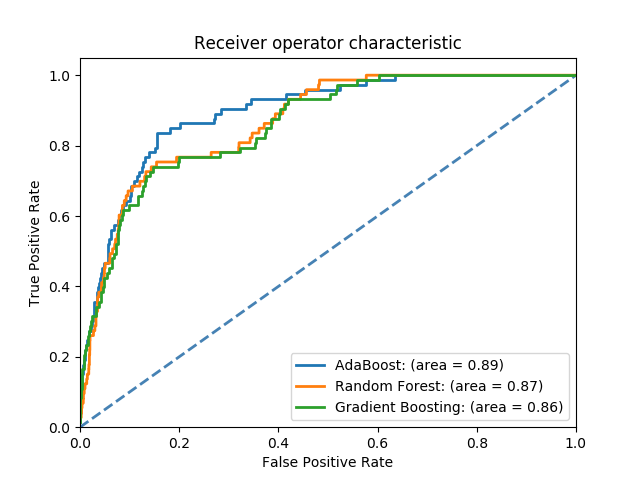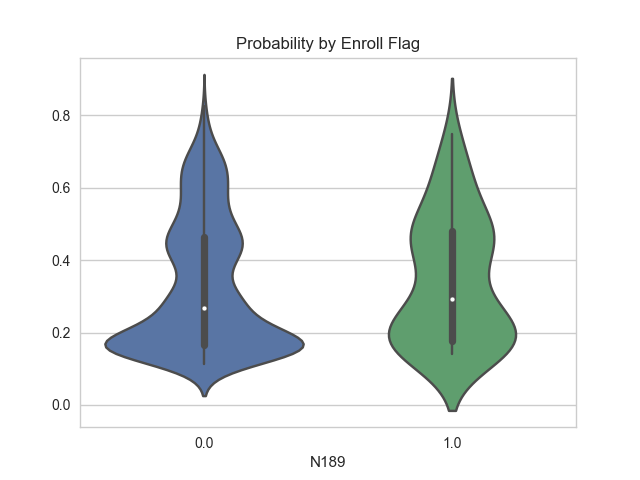There exists many applications of machine learning to a binary classification problem. Examples include:
- Customer churn
- Fraud detection
- Customer conversion
In many instances, the binary classes are severely imbalanced with the event class occurring in less than 5% of total cases. This situation presents multiple overlapping challenges:
- The algorithm may be biased toward classifying everything as a non-event.
- Accuracy can be >90% even while many of the events are mis-categorized.
- Algorithms that utilize the entire dataset can perform poorly.
Two sampling approaches for imbalanced data were proposed by Chen, Liaw, and Breiman specifically for Random Forests: http://statistics.berkeley.edu/sites/default/files/tech-reports/666.pdf
The binary rare events classifier provides methods for sampling and classifying imbalanced data. These methods include:
- sample_abundant_data - Calculate the number of rare cases and create k samples of similar size from the abundant cases. Sample size is determined from a +/- tolerance coefficient. The k samples are re-created from the original data each time the sample is drawn.
- bootstrap_sample - Calculate k bootstrap samples of size n from both the rare and abundant cases.
- get_majority_vote - Classify data based on the k samples and calculate a majority vote classification.
- get_quality_metrics - Calculate accuracy, precision, recall, AUC from the majority vote classifier.
Some basic plots to compare the quality of models can be found below. The violin plot may be of limited value because imbalanced data may require a different probability threshold in order to more appropriately classify cases.

